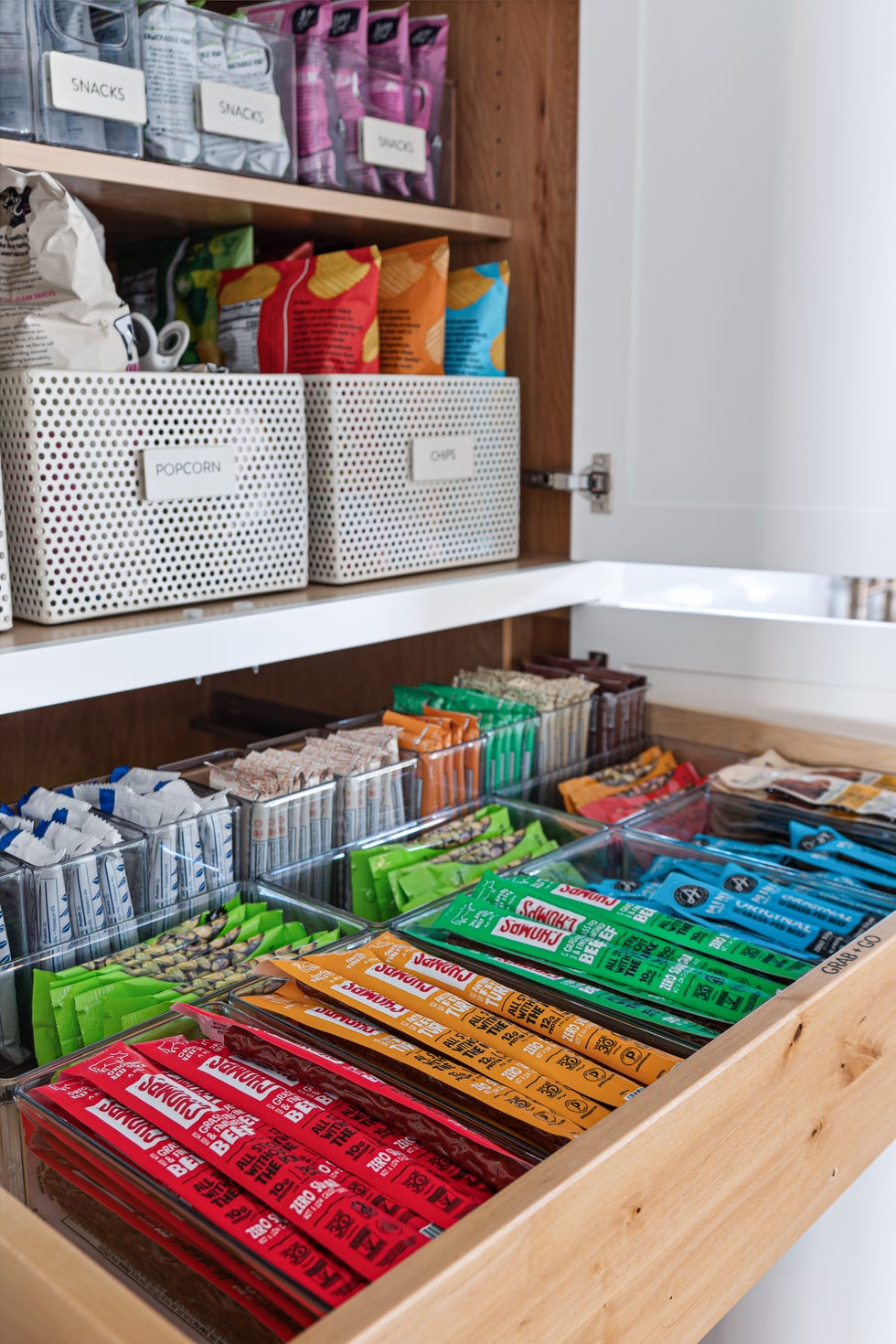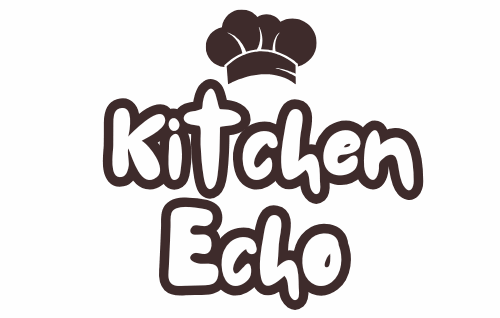Bolded Summary (Featured Snippet Style):
Discover 10 genius pantry hacks to maximize space and save time in your kitchen. These smart solutions are easy, affordable, and perfect for creating an organized, stress-free pantry that works for you.
Introduction
Feeling overwhelmed by a cluttered pantry? You’re not alone. Whether you’re working with a walk-in or a single cabinet, the secret to a stress-free kitchen is smart organization. That’s why we’ve gathered 10 of the most effective pantry hacks to help you reclaim space and save precious minutes during busy meal preps.
In this post, you’ll find a curated roundup of practical tips from top home and kitchen blogs—each one designed to streamline your storage and make your kitchen feel twice as big. Ready to simplify your space? Let’s get started!
Why These Hacks?
These pantry hacks work because they’re simple, smart, and easy to use.
They help you see what you have, so you waste less food. No more forgotten cans hiding in the back!
By using clear bins, labels, and shelf organizers, you’ll find things faster and clean up quicker.
Each hack saves time by cutting out clutter and chaos.
They also save space—even in the tiniest kitchens—by using every inch wisely: doors, corners, and shelf height.
Best of all? Most hacks are budget-friendly and don’t require fancy tools.
These tips aren’t just trendy—they’re tried and true favorites from real kitchens just like yours.
10 Genius Pantry Hacks to Maximize Space & Save Time
🥫 1. Stackable Container System
:max_bytes(150000):strip_icc():format(webp)/GettyImages-1407438281-0231360f5c174d73b74d0122f5978474.jpg)
Summary: Using clear, airtight containers for dry goods (like pasta, rice, cereal) helps preserve freshness. You can see what’s inside easily, and stacking them uses vertical space smartly. This setup helps you quickly spot what you need and reduces food waste.
Quick 5‑Step Summary:
Choose airtight, clear containers.
Sort pantry items by category.
Stack containers neatly.
Label each container clearly.
Rotate stock to use older items first.
Time: 30 minutes
Tags: Space‑Saving, Beginner‑Friendly
Credit: The Kitchn (The Spruce, Real Simple, The Kitchn)
💡 Tip: Use square containers to maximize shelf capacity.
👉 Check full hack: [The Kitchn stackable container system]
🥫 2. Door‑Mounted Rack Storage

Summary: Over‑the‑door racks turn unused door space into storage for spices, snacks, and small pantry items. These racks free up shelf space and make items easy to grab at a glance. Ideal for tiny pantries or rentals.
Quick 5‑Step Summary:
Measure door height and clearance.
Hang an over‑door rack system.
Sort small items like spices and snacks.
Slide items into tiers.
Ensure easy reach and adjust heights.
Time: 1 hour
Tags: Space‑Saving, Rental‑Friendly
Credit: Apartment Therapy (Facebook)
💡 Tip: Choose adjustable-tier racks to fit various door sizes.
🥫 3. Lazy Susans for Corner Access
:max_bytes(150000):strip_icc():format(webp)/clutter-free-fridge-GettyImages-921951684-e2e48a14fbfe490d9dd1d76e1ad90efc.jpg)
Summary: Round turntables placed in pantry corners help retrieve items that often get lost—like oils, condiments, or small jars. A simple spin gives easy access without knocking other items down.
Quick 5‑Step Summary:
Pick a sturdy lazy Susan.
Place it in pantry corners.
Group similar items on the tray.
Spin to reach what you need.
Restock regularly to avoid overflow.
Time: 15 minutes
Tags: Beginner‑Friendly, Accessibility
Credit: The Kitchn (Real Simple, The Spruce)
💡 Tip: Use inexpensive acrylic versions—they’re durable and easy to clean.
🥫 4. Pull‑Out Bins for Bulk Items

Summary: Adding pull‑out drawers or slide trays to deep shelving allows you to store large or heavy goods (like bulk grains or beverages) at the front of the shelf for easy access.
Quick 5‑Step Summary:
Measure shelf depth.
Choose pull‑out bin or drawer kit.
Install inside the shelf.
Place heavy items in bins.
Pull out to view contents at once.
Time: 45 minutes
Tags: Bulk‑Item Friendly, Visibility
Credit: Real Simple (Real Simple, Real Simple, goodhousekeeping.com)
💡 Tip: Use clear bins so you see contents without pulling them out.
🥫 5. Tiered Shelf Risers
:max_bytes(150000):strip_icc():format(webp)/home-closet-storage-organization-3dd2213c-f3b556fd943648368bb49033b265081c.jpg)
Summary: Tiered risers help elevate canned goods or small jars, so every item is visible at a glance. This avoids stacking too many things and helps stop things from getting lost at the back.
Quick 5‑Step Summary:
Choose tiered shelves suited to item height.
Line shelves by category.
Place cans or jars on risers.
Group similar items together.
Restock older items forward.
Time: 20 minutes
Tags: Visibility, Space‑Saving
Credit: Good Housekeeping, Martha Stewart (Facebook, The Spruce, Better Homes & Gardens)
💡 Tip: Use risers for spices too to see labels easily.
🥫 6. Clear Over‑the‑Door Shoe Organizer
:max_bytes(150000):strip_icc():format(webp)/100456235_preview-9ebbf943f5014932b79fead04f50c7d9.jpg)
Summary: Hang a shoe organizer on a pantry door and use pockets to store snacks, packets, or small pantry items. It’s an affordable way to add many small compartments without shelves.
Quick 5‑Step Summary:
Find a fabric shoe organizer.
Hang it over pantry door.
Sort items into pockets.
Use small snacks, packets, or seasoning packets.
Keep heavier items lower down.
Time: 15 minutes
Tags: Budget‑Friendly, DIY
Credit: Better Homes & Gardens via Apartment Therapy (Better Homes & Gardens, walmart.com)
💡 Tip: Choose mesh pockets for breathability and visibility.
🥫 7. Clip‑On Shelf Baskets

Summary: Clip‑on or hanging baskets attach under existing shelves to hold lightweight items like chips, bags, or liner rolls. They create extra horizontal storage without drilling.
Quick 5‑Step Summary:
Select clip-on wire baskets.
Attach beneath a pantry shelf.
Fill with items like snack bags or wraps.
Leave space for airflow.
Check stability before restocking.
Time: 15 minutes
Tags: Flexible, Easy Install
Credit: HGTV (organizer-picked items) (HGTV, HGTV)
💡 Tip: Use smaller baskets to hold liners, foil, or plastic wrap rolls.
🥫 8. Label & Zone Your Pantry
:max_bytes(150000):strip_icc():format(webp)/GettyImages-1304818246-3b87128c89af491f93e7820eecc39709.jpg)
Summary: Assign zones (like baking, snacks, breakfast) and label them on shelves and containers. This visual structure supports consistency, helping everyone know where items belong.
Quick 5‑Step Summary:
Decide on pantry zones.
Sort items by category.
Place in correct zones.
Add labels to shelves and bins.
Maintain zones during restock.
Time: 30 minutes
Tags: Organization, Family‑Friendly
Credit: Real Simple, The Spruce (The Spruce)
💡 Tip: Use clear stickers or chalkboard labels for flexibility and reuse.
🥫 9. Magnetic Spice Racks
Summary: Magnetic spice racks attach to the side of your fridge or metal surfaces. These keep spices in view, free up pantry shelf space, and make cooking faster.
Quick 5‑Step Summary:
Choose magnetic, rust-resistant rack.
Attach to fridge or a metal surface.
Place small spice jars.
Organize alphabetically or by use.
Refill and clean regularly.
Time: 15 minutes
Tags: Space‑Saving, Cooking‑Speed
Credit: Food & Wine, Organize & Refine (Reddit)
💡 Tip: Use uniform-size spice jars for a neat magnetic display.
🥫 10. Turntables for Bottles & Jars
:max_bytes(150000):strip_icc():format(webp)/rs-wayfair-kitchen-declutter-tout-6f027f8420034ed1aa0704d7900e1d05.jpg)
Summary: Small turntables placed on pantry shelves help corral bottles, jars, and tall items. Rotate to reach what you need without knocking other things over.
Quick 5‑Step Summary:
Choose compact turntable size.
Group bottles or jars by type.
Place on rotating base.
Spin to access desired item only.
Clean shelves regularly to avoid stickiness.
Time: 10 minutes
Tags: Accessibility, Space‑Saving
Credit: Real Simple, The Kitchn (Real Simple, Real Simple)
💡 Tip: Keep bottles of sauces or oils on a dedicated turntable for easy access.
More Hack Details
Many of these hacks can be adapted to fit your kitchen size and style.
For example, if you don’t have a door to hang racks on, try wall-mounted options or use baskets on shelves instead.
Clear containers come in many shapes and sizes—choose what fits your space best.
Labels can be as simple as masking tape or as stylish as printed stickers.
Maintenance is key: take a few minutes each week to tidy up and rotate older items forward.
This keeps your pantry fresh and prevents clutter from building up again.
Mix and match hacks to create a system that works for you and your family’s habits.
History or Origin of Pantry Organization
Pantries have been around for centuries as a way to store food safely and keep kitchens tidy.
Originally, pantries were small rooms near the kitchen to hold fresh and preserved foods.
Before refrigeration, people used cool pantries or root cellars to keep produce and dry goods fresh.
As homes got smaller and lifestyles busier, clever storage became more important.
Today’s pantry hacks evolved from these old methods but focus more on maximizing limited space and saving time.
Modern pantry organization borrows ideas from professional chefs, storage experts, and everyday cooks looking for easier routines.
This blend of tradition and innovation makes pantry organization both practical and creative.
DIY vs. Store-Bought Pantry Solutions
DIY Solutions
Pros:
- Cost-effective and budget-friendly
- Customizable to fit unique spaces
- Creative and personal touch
- Use recycled or repurposed materials
Cons:
- Can be time-consuming to build or assemble
- May require tools or skills
- Durability varies depending on materials
Store-Bought Solutions
Pros:
- Quick and easy to set up
- Designed for durability and function
- Wide variety of styles and sizes
- Often comes with warranties or guarantees
Cons:
- Can be more expensive
- Less customizable for odd spaces
- May not fit specific pantry needs perfectly
Tools & Equipment Needed for Pantry Organization
To get started, you’ll need some basics.
Clear airtight containers help keep food fresh and visible.
Labels and markers make it easy to find and put back items.
Shelf risers and baskets create extra storage layers.
Door racks or over-the-door organizers use hidden space.
Lazy Susans and turntables give quick access to hard-to-reach items.
Pull-out bins or drawers work well for bulk goods.
A small step stool can help reach high shelves safely.
Start simple and add tools as you go—no need to buy everything at once.
FAQ Section
Can I organize a small pantry effectively?
Yes! Use vertical space with stackable containers and door racks. Keep only what you use regularly to avoid clutter.
What’s the best way to label pantry items?
Clear, simple labels work best. Use waterproof markers or printed stickers. Label both the container and the shelf for easy sorting.
How do I keep my pantry pest-free?
Store dry goods in airtight containers. Clean shelves regularly and avoid leaving food crumbs. Use natural repellents like bay leaves if needed.
Can these hacks work for a rental kitchen?
Absolutely. Many hacks use removable solutions like over-the-door racks or clip-on baskets that don’t damage walls or shelves.
How often should I clean and reorganize my pantry?
Aim for a quick tidy every week and a deep clean every 3–6 months. This helps keep your system working well.
Are clear containers better than opaque ones?
Clear containers help you see what you have, reducing waste. Opaque containers work if you prefer a uniform look but label them clearly.
What if I don’t have space for bulky organizers?
Use slim, vertical storage like narrow baskets, door racks, and stackable bins to maximize small spaces.
Conclusion
These 10 pantry hacks make organizing your kitchen simple and fast.
They save space, cut down clutter, and help you find what you need quickly.
With just a few tools and some smart tricks, your pantry can become a stress-free zone.
Try the hacks that fit your kitchen and routine best.
Which hack is your favorite? Let us know in the comments!
Don’t forget to share this post and pin it on Pinterest for easy access.
Happy organizing!
